Lily, Soap (Chlorogalum pomeridianum), packet of 10 seeds
$4.95
Family: Agave (Agavaceae)
Hardy to Zones 7 to 10
(Amole, Soap Lily, Soap Plant, Wavy-leaved Soap Plant, California Soaproot) Perennial monocot native to grassland habitats in a wide region stretching from Southern Oregon down through California. Here in the Southern Oregon Siskiyous the plant is relatively common, and I personally have coexisted with it for years, as it grows on the bluffs overlooking the creek on our’s and neighboring lands. Mainly, I’ve appreciated the oddness of this drought tolerant agave that seems unphased by environmental extremes and makes use of the cool, moist evenings of summer to unfurl its many blossoms and exude its lovely fragrance. Moths and other night flying insects pollinate. I always had a vague concept of the use of this plant as an amole (gentle soap) and was pleasantly surprised, then impressed, when I took the time to study the plant more carefully, including its history and uses. The ethnographic literature covers many diverse uses of the pounded stalks or roots of the plant by the Native Americans. The Costanoan, Mendocino, Pomo and Wailiki traditionally used soaproot as a gentle wash for the hair that conditioned the scalp and reduced dandruff and lice, as a fish poison, a glue, a (very well cooked) food, a treatment for cramps and rheumatism, an antiseptic rub for treating wounds, infections and sores, and an internal remedy for treating stomachache and gas. Personally, I would not recommend taking the fresh plant internally, as concentrated raw saponins can often create more stomach upset than they might deter. Cooking lessens any deleterious effect caused by saponins. Currently, Amole soap is valued for its mild detergent action. Restorers of old fabric, clothing, and curtains, as well as those charged with restoring old paintings, have found the soap to be gentle yet thorough in its actions, good at removing stains and imparting a preservative quality to the art. Plant prefers the full sun of open grasslands that go completely dry in the summer. Will grow in rocky soil, cobble or clay, and will grow in close association to thin distributions of coniferous trees such as pine, fir, redwood or cedar. Excellent grass cohabitor. Give 90 days cold/moist conditioning, then sow warm, or sow in-situ in the fall for germination in the spring. Sometimes the seed is planted on sand in gallon pots, with a layer of gravel over the seed, the pots left outdoors to receive the rains and oscillating temperatures of winter. Sometimes the seeds require 2 vernal cycles to germ, so do not prematurely discard pots.
10 seeds/pkt, Open Pollinated, Untreated, NO GMO’s
In stock

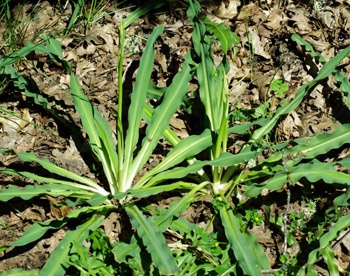
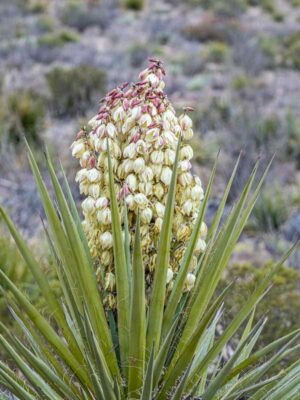
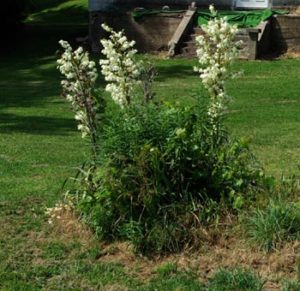
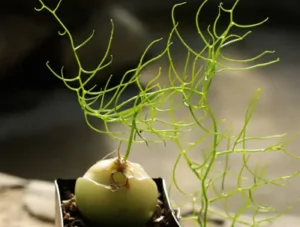
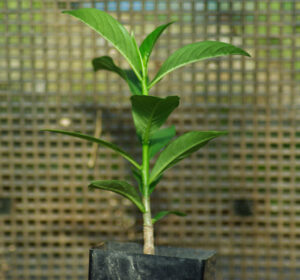
Karen Cleaver –
wish I had thought of medicinal plants earlier. to grow this year
Upvote if this was helpful (0) Downvote if this was not helpful (0) Watch Unwatch Flag for removal
Richo Cech –
hi karen, it is really an ongoing process, there are seeds to plant and tinctures to make at all times of the year! richo
Upvote if this was helpful (0) Downvote if this was not helpful (0) Flag for removal